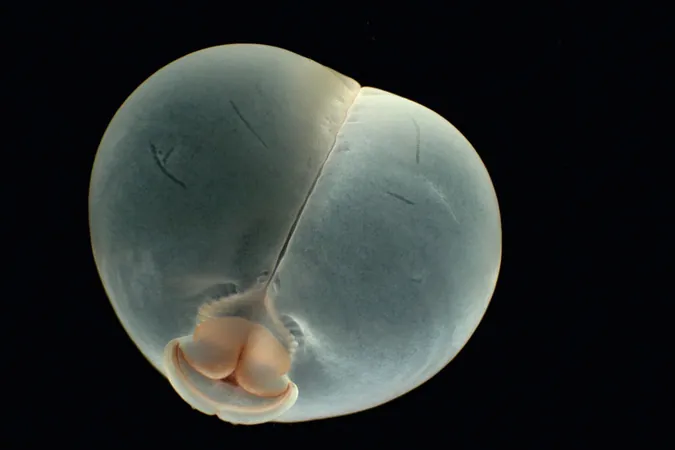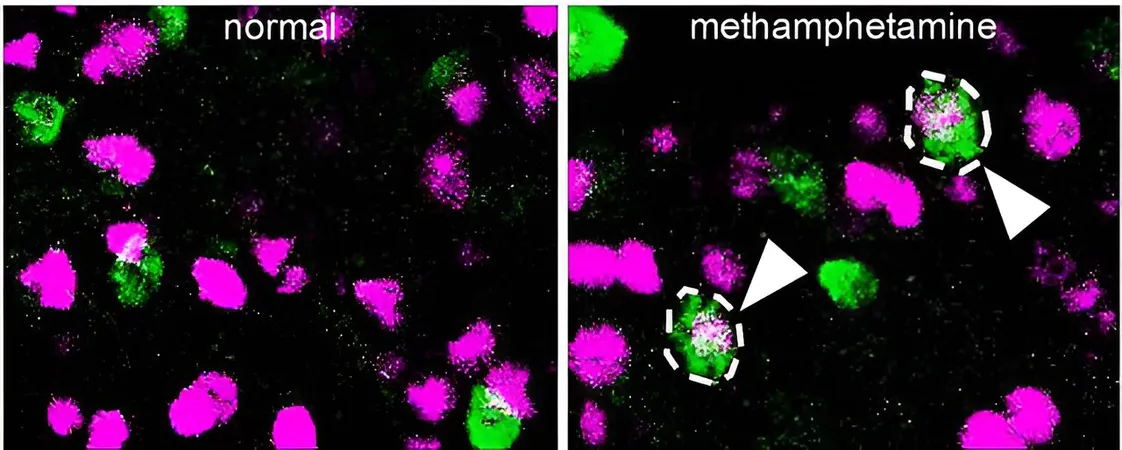
Meet the Incredible 'Pigbutt' Worm: A Deep-Sea Creature That Glows Green When It Farts!
2024-09-19
Introduction to the Pigbutt Worm
Imagine discovering a bizarre creature lurking 1,000 meters (approximately 3,200 feet) beneath the ocean's surface, roughly the size of a chickpea and resembling the plump posterior of a pig. This scientific riddle had baffled researchers for years, until teams from the Monterey Bay Aquarium Research Institute (MBARI) stumbled upon these curious worms during their explorations of the Monterey Canyon, off California's coast using remote-controlled submersibles.
Identification and Characteristics
After multiple sightings but no clear identification, scientists were finally able to collect several specimens. Upon closer examination, they realized these creatures belong to the bristle worm family, specifically the Chaetopterus genus, commonly referred to as pigbutt worms. What’s truly astounding is how their unique anatomy sets them apart: unlike typical segmented worms, these have one inflated middle segment that gives them their affectionate name.
Scientific Nomenclature
The scientific nomenclature, Chaetopterus pugaporcinus, reflects this oddity—derived from Latin, where 'puga' means 'rump,' 'porcus' means 'pig,' and 'inus' indicates resemblance. In essence, this worm has become the official representation of a pig's behind in the marine world!
Purpose of Unique Shape
But what’s the purpose of this peculiar shape? The balloon-like structure provides buoyancy, allowing the pigbutt worm to drift rather than crawl along the seafloor like other members of its family. Preferring depths between 900–1,200 meters (2,950–3,930 feet), these floating wonders have adapted to feast on organic particles falling from the water above—an essential part of their diet found as 'marine snow.'
Feeding Habits
Researchers observing pigbutt worms in their natural habitat noted they often swim within a cloud of mucus, which acts as a net to capture their food.
Bioluminescence Discovery
However, the most surprising revelation comes from the discovery that these worms not only float but also glow in the dark! When disturbed, they emit a striking blue luminescence, and under careful observation, you might even witness puffs of green glowing particles released from the region that resembles their rear end.
Conclusion
These remarkable adaptations not only aid in their survival but also highlight the mysteries still hidden in the depths of our oceans. As scientists continue to unveil the secrets of deep-sea life, the pigbutt worm serves as a testament to the wonders of evolution and the bizarre beauty of life beneath the waves. So next time you ponder the strange creatures of the sea, remember the delightful, glowing pigbutt worm that adds a bit of whimsy to the underwater world!


 Brasil (PT)
Brasil (PT)
 Canada (EN)
Canada (EN)
 Chile (ES)
Chile (ES)
 España (ES)
España (ES)
 France (FR)
France (FR)
 Hong Kong (EN)
Hong Kong (EN)
 Italia (IT)
Italia (IT)
 日本 (JA)
日本 (JA)
 Magyarország (HU)
Magyarország (HU)
 Norge (NO)
Norge (NO)
 Polska (PL)
Polska (PL)
 Schweiz (DE)
Schweiz (DE)
 Singapore (EN)
Singapore (EN)
 Sverige (SV)
Sverige (SV)
 Suomi (FI)
Suomi (FI)
 Türkiye (TR)
Türkiye (TR)